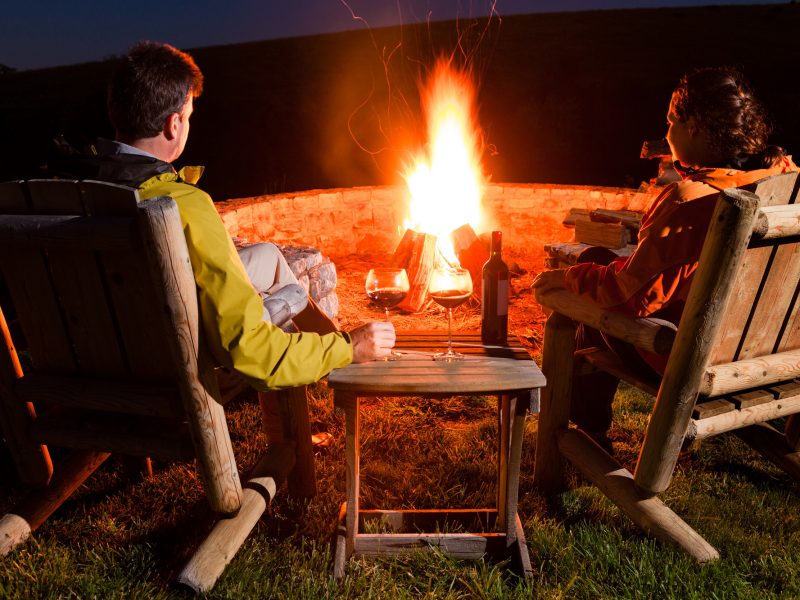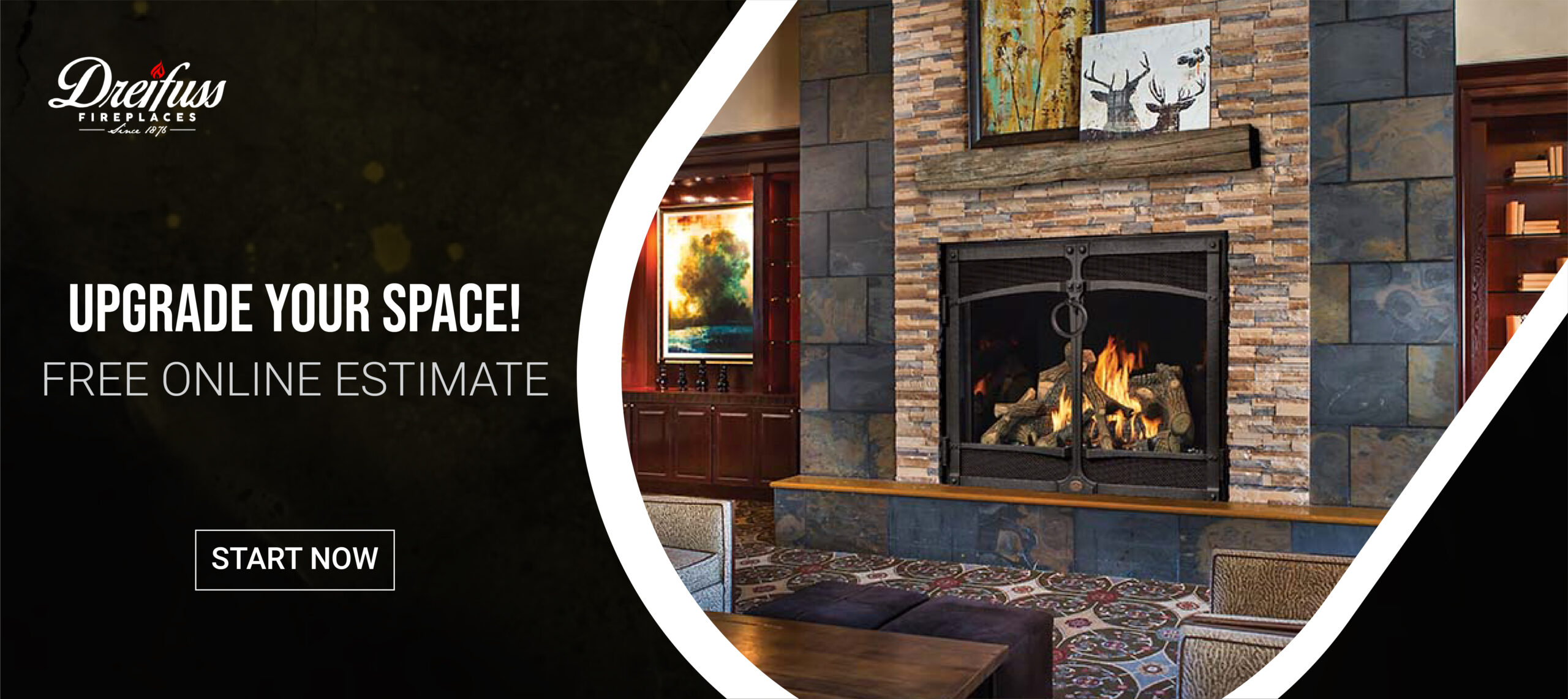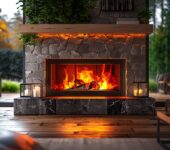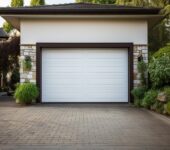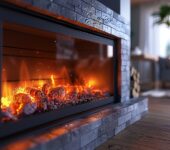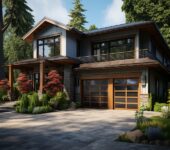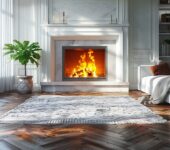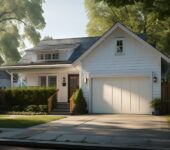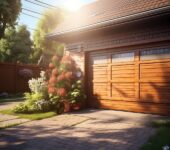Table of Contents
It’s estimated that between 2021 and 2031, the global firepits market will grow by a CAGR of 3.5%.
When developing an outdoor space, a fireplace or firepit can be a great addition. They both have similarities, but there are some differences that you should consider when deciding between the two.
For a rundown of the pros and cons of an outdoor fireplace vs an outdoor firepit, keep reading.
Design Features
One of the biggest differences you’ll notice between the two options is the appearance. Both have a lot of freedom in terms of their individual designs, but you may find that you prefer the overall style of one over the other.
Fireplace Designs
An outdoor fireplace generally has a large structure made up of a firebox and a chimney. They’re most commonly rectangular but can also be square, circular, or oval. You can choose from a lot of material options, including brick, flagstone, river rock, limestone, concrete, and more.
The firebox will need an opening, which can be square, rectangular, or arched. Chimneys can vary but will generally be tall with a rectangular or tapered top. You can also include various other features such as decorative tiles, wrought iron, a mantle, or an extended hearth.
With all the options available, you might find it hard to narrow things down. You can take a look at this list of outdoor fireplace ideas for some inspiration. Most outdoor fireplaces are permanent structures, but you can also find outdoor fireplace kits that offer smaller, temporary versions.
Firepit Designs
Overall, most firepits have a very simple design. They’re essentially a hole in the floor with raised sides. The interior needs to be authentic firebrick with fireproof grout – anything else could be unsafe.
Firepits are most commonly circular but can be made in different shapes, such as oval, square, or rectangular. There’s typically a seating area around the firepit, making it a perfect place to spend time with friends or family.
They don’t include a chimney and can be placed almost anywhere on a property. Many people like to incorporate them into their patio or terrace so that it all works as one structure.
Size Requirements
Outdoor fireplaces and firepits don’t take up a huge amount of space, so there isn’t often an issue here. Depending on how you want to use the area, however, you may want to factor in things like seating so that you can relax there.
Fireplace Size
As they can be custom built, the size of an outdoor fireplace can vary a lot. If you have limited space, you’ll need to stick to a smaller fireplace. With a larger yard, you’ll have a lot more freedom to choose the size you want.
If you plan on entertaining large groups, then a larger fireplace would be ideal. It can be a focal point and keep everyone warm. You could even have an extended hearth with additional seating.
Some people like to use their fireplace to cook. In this case, you could benefit from storage areas to keep cooking utensils. You might also want to add a table and chairs to give people a more comfortable area to eat.
It’s generally a good idea to size your outdoor fireplace based on the size of your yard. If you have plenty of space, you could build a large fireplace with an outdoor kitchen. With a smaller yard, however, a large fireplace will make things look unbalanced, so you should build conservatively.
Firepit Size
A firepit can be made to take up less space than a fireplace. As it’s built into the ground, it will naturally be less intrusive. This is ideal for keeping things balanced, and it won’t end up obstructing your view.
With that in mind, you need to take into account the surrounding space. To include a seating area, you’ll want a good amount of space on all sides, so you won’t be able to build it right up against a wall or fence.
Code Regulations
Regardless of any ideas, you might have about your outdoor fireplace or firepit, there will always be some limitations. You need to make sure you stick to regulations to avoid any legal issues.
Fireplace Regulations
Due to the smoke that comes from wood-burning fireplaces, they require a chimney that stands at least 2 feet taller than any surrounding structures. This includes the house, garage, or patio roof. The flue also needs to be built to calculate dimensions to ensure the smoke is properly vented upwards.
An outdoor electric fireplace doesn’t produce smoke, so no chimney is needed. The same applies to an outdoor gas fireplace, but these do require a gas line that must be trenched and piped between the house and fireplace.
Firepit Regulations
Firepits are a bit easier here, as they have no chimney requirements, regardless of whether they are gas or wood. A gas firepit will still need a gas line that has the same requirements as a gas fireplace.
Should You Get an Outdoor Fireplace or a Firepit?
While there are practical differences, the main thing to consider when looking at getting an outdoor fireplace or firepit is your personal preference. Think about what you want to use your outdoor space for and how each type would work.
You also want to think about how much space you have to work with. In a large yard, you have a lot of freedom to do what you want. If you have a smaller yard, however, your options may be more limited.
Dreifuss Fireplaces is a professional fireplace installation service. We design and install both indoor and outdoor fireplaces throughout Pennsylvania and New Jersey. If you want to talk to us about your new fireplace or firepit, click here to contact us today.
Latest Articles

What Is Cleanburn?
Table of Contents1 What Is Cleanburn?2 How Does Cleanburn Work?3 What Are the Benefits of Cleanburn?4 What Types of Appliances Use Cleanburn Technology?5 How to
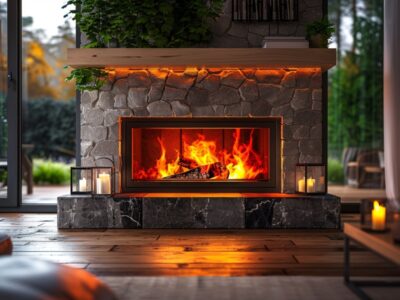
How Long Does It Take To Install A Fireplace?
Table of Contents1 Factors That Affect Installation Time2 How Long Does It Typically Take to Install a Fireplace?3 Factors That Can Extend Installation Time4 What

How To Frame Garage Doors On Rough Opening
Table of Contents1 What is a Rough Opening?2 How to Measure for a Garage Door Rough Opening?3 What Materials are Needed for Framing a Garage



